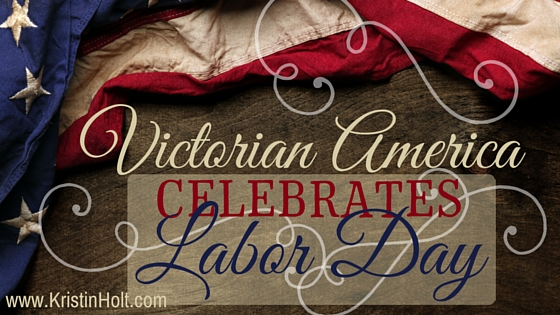
by Kristin Holt | Sep 5, 2016 | Articles
LABOR DAY was born of the circumstances within our Victorian-era United States Industrial Revolution. Unions wanted safer working conditions and 12- to 16-hour work days shortened to 8- or 9-hours. Strikes and protests lead to reform, and from the first Labor Day parade in 1882 peaceful Labor’s Holidays began to take root state by state until in 1894, Labor Day was declared by the President of the United States as a Federal Holiday. This article contains newspaper accounts from era papers, vintage photographs, and a dash of American history surrounding summer’s last hurrah.
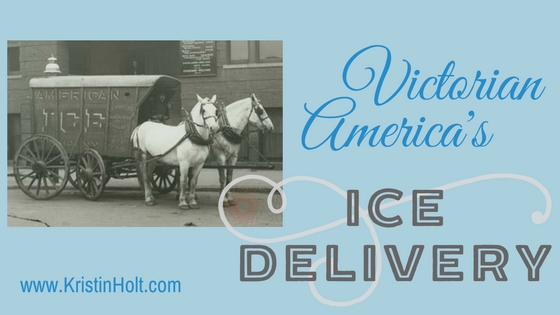
by Kristin Holt | Aug 23, 2016 | Articles
Victorian Americans needed ice–for home use, through delivery businesses, on a commercial scale (to keep food from spoiling at the grocery and in railroad transportation). Ice houses were built all over the United States from the independent family’s ice house on their property to the enormous commercial Swift & Co. Ice House storing 60,000 tons annually. Ice harvesting occurred in January and February and kept in storage facilities until the following winter by applying ingenuity, science, and hard work. Men used saws, horse-drawn sleighs, and the strength of their own backs to harvest the cash crop each winter. This article contains vintage photographs, newspaper ads, and science info of the Victorian era.
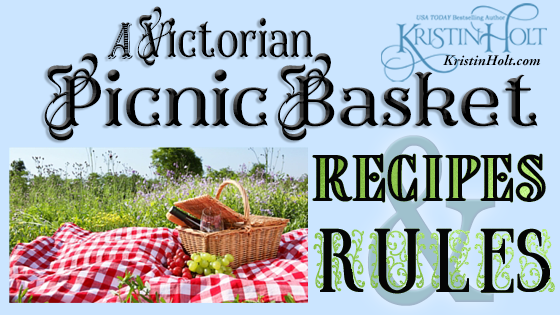
by Kristin Holt | Aug 2, 2016 | Articles
Picnics were a common and notable diversion for Victorian Americans whenever weather permitted. Schools, churches, families, and organizations hosted picnics. Reasons varied from welcome-home parties to gatherings to hear a speaker or minster to holiday celebrations. This article contains recommendations for preparing and transporting picnic foods properly, protecting young ladies from harm (let’s keep those chaperones in place!), and a peek inside my new release Courting Miss Cartwright–specifically the picnic basket auction scene.
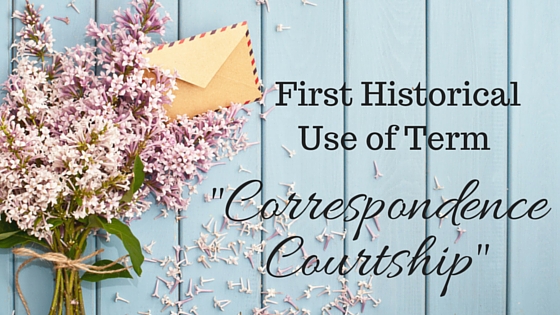
by Kristin Holt | Apr 3, 2016 | Articles
Whether referred to as “Correspondence Courtship” or “Epistolary Courtship”, part of the natural course of 19th century courting included letter-writing. Victorian-era couples could express tender sentiments in letters more easily (often) than in person. Many couples didn’t have the opportunity to spend time together, face-to-face, for too many miles separated them. Coming to know one another, and fall in love, through letter-writing was a standard practice. Results varied from blissful conjugal felicity (a frequently used term of the American Victorian era) to sensational disasters.
Interestingly enough, the term “Correspondence Courtship” (or very similar phrasing) appeared much more frequently and earlier than did the phrase “Mail-Order Bride”.
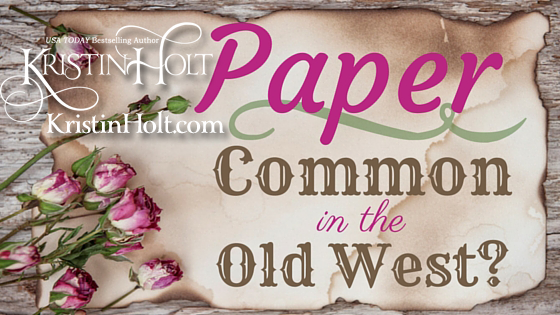
by Kristin Holt | Jan 27, 2016 | Articles
I’ve read books where the intrepid hero has to reuse brown paper the mercantile owner used to wrap a purchase in order to leave the heroine an all-important note. I read another novel where a would-be bride’s employer deducted the cost of paper and envelope from her wages. Was paper that expensive? Did expense translate to scarcity?













